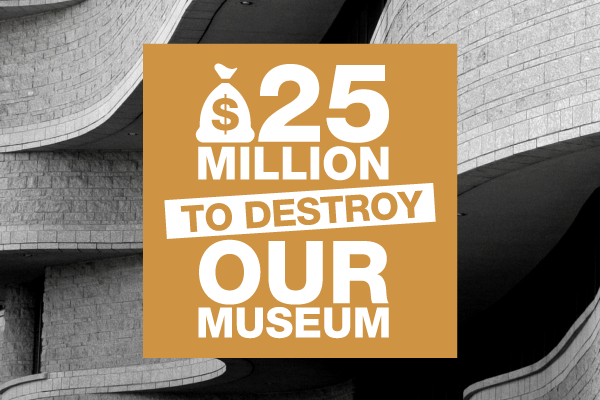
“You’re taking a Rolls-Royce, and you’re chopping off the roof and tearing out the backseats so you can turn it into a pick-up truck.”
That’s how Lorne Holyoak of the Canadian Anthropology Society described the Harper government’s plan to change the Museum of Civilization, yesterday, during a meeting of the standing committee on Canadian Heritage.
“We do not support the gutting of the crown jewel in our collection of museums. It would be a terrible mistake with long-term consequences,” added Holyoak.
Yesterday’s committee meeting was the single opportunity for the committee to discuss Bill C-49, which would rebrand the museum at the tune of $25 million and significantly change its mandate. The NDP did propose a motion to hold two more meetings on the subject, in order to interview more witnesses, but the motion failed thanks to the Conservative majority.
The Museum’s former President and CEO, Victor Rabinovich, was called as a witness; he described the new museum’s mandate as “narrow and parochial.”
“As it now stands, the CMC does a very extensive job of portraying Canadian history,” explained Rabinovich. He estimates that three quarters of the exhibition areas are already dedicated to Canadian history.
Rabinovich believes these can be improved without radically changing the museum.
A number of witnesses were also concerned that the language of the bill would greatly minimize the importance of research.
“It would be possible, under this language, for there to be no research undertaken within the museum itself,” said Holyoak. “And it appears planned that research may become an adjunct to exhibitions once they are decided upon rather than the informed and critical basis from which they arise.”
James L. Turk, executive director of the Canadian University Teachers Association, deplored the lack of engagement of the professional community of historians, anthropologists and archeologists in the planning of the museum. He believes this lack of consultation is partly to blame for the flaws within the bill.
For example, the new mandate would do away with the notion of increasing “critical understanding” to simply “understanding.”
“The removal of ‘critical understanding’ is one concern,” said Turk.“Promoting critical understanding of history is an essential goal of any great museum. Providing visitors with critical understanding of history means offering them an opportunity to consider different points of view – the opportunity to criticize and analyse the past, and to re-examine traditional viewpoints rather than simply venerating national heroes.”
Rabinovich echoed Turk’s concerns, noting that one word makes a big difference when a museum has to point to the legislation in order to justify every penny spent, whether to the Auditor General, Treasury Board or the Department of Canadian Heritage.
“The way the words are chosen is really important. It’s not window-dressing,” said Rabinovich.
“Critical understanding is an academic expression meaning the ability to criticize, to ability to engage with knowledge and challenge it,” explained Rabinovich.
“You have on the one hand the ability to engage, to debate, to argue and, on the other hand, the ability to distribute information to educate.”